The quiet death of a fundamental economic principle
Goodbye, NAIRU. Don't let the door hit you on the way out.
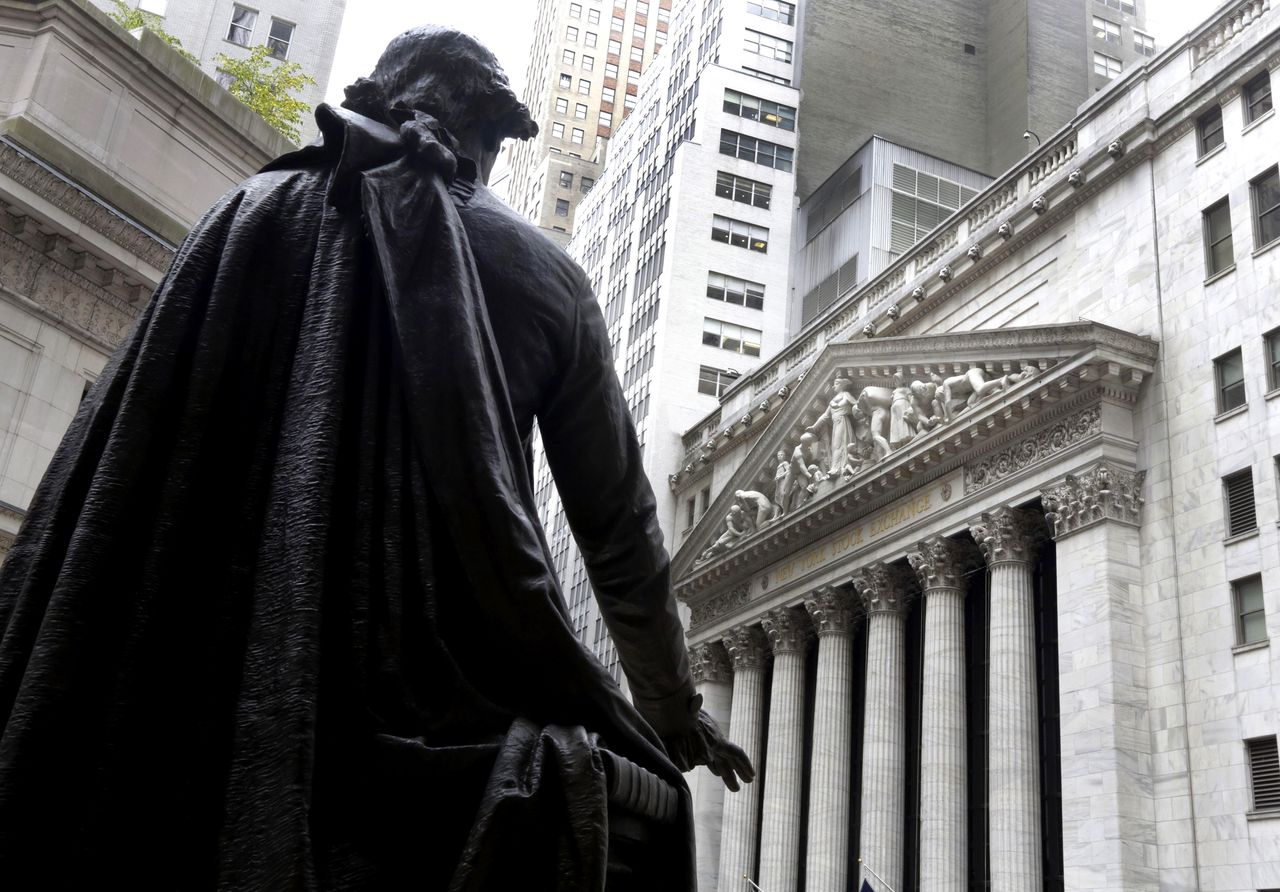

Whatever happened to the NAIRU?
For all you non-wonks, that vowel-heavy acronym stands for the "non-accelerating inflation rate of unemployment." The idea is basically that there's a "natural rate" for unemployment, and if policy "unnaturally" pushes joblessness below that NAIRU threshold, we'll pay the price with an ever-rising inflation rate.
Reality is putting that theory to the test. Unemployment stands at a tiny 3.9 percent. Wage and price growth are still underwhelming. And so, doubts about the NAIRU are growing.
Subscribe to The Week
Escape your echo chamber. Get the facts behind the news, plus analysis from multiple perspectives.
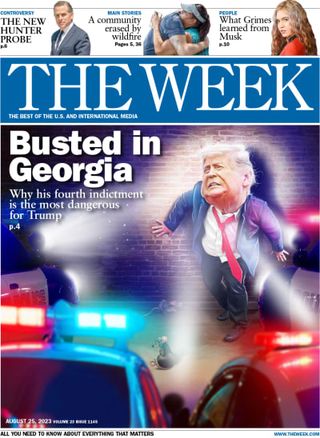
Sign up for The Week's Free Newsletters
From our morning news briefing to a weekly Good News Newsletter, get the best of The Week delivered directly to your inbox.
From our morning news briefing to a weekly Good News Newsletter, get the best of The Week delivered directly to your inbox.
In assessing the NAIRU, a bit of economics history is instructive. In the mid-20th century, economists came up with the Phillips Curve, which said that lower rates of unemployment tend to come with higher rates of inflation, and vice versa. As unemployment falls, employers will run out of potential workers who don't already have a job. They'll have to start outbidding other businesses by paying higher wages. And that will eventually cause price increases. For awhile, you could just do a dot plot of the inflation and unemployment rates over time and easily spot the relationship.
Then Milton Friedman came along. He argued that the Phillips Curve only works in the short run, and that everyone's expectations for future inflation are just as important. That's how he came up with the NAIRU. He theorized that as inflation rates rise, expectations for future inflation also rise, creating a feedback loop. Inflation becomes self-reinforcing, and detached from unemployment. Pushing unemployment low enough doesn't just mean a high rate of inflation — it risks a perpetually rising (or accelerating) rate of inflation based largely on expectations of more inflation.
Friedman correctly predicted that inflation would keep going up even when unemployment spiked in a mid-1970s recession. Then it took a massive recession in 1981 — set off by a dramatic Federal Reserve decision to jack interest rates sky-high — to finally reverse the inflation crisis of the 1970s. After that, Friedman's thinking became something like gospel for Fed interest rate policy and macroeconomics at large.
But recent events, especially the aftermath of the Great Recession, have left some analysts questioning the sacred texts.
First off, the Phillips Curve has broken down. If you look at 1975 to 1984, for example, lower unemployment clearly correlates with higher inflation. The relationship isn't dramatic, but it's definitely there. From 1985 to 1994, it's a lot less clear. From 1995 and on, and certainly ever since the 2008 collapse, there's no discernable relationship at all.
You could view this as vindication for Friedman's NAIRU theory. Inflation's fall and stabilization around 2 percent is often hailed as a triumph of managing expectations. But no one knows where the "natural" rate actually lies. It's all educated guesswork. We are now well below the usual NAIRU estimates from Fed officials and other economists. And nothing's happened.
Why?
It may be that expectation plays a more potent role when inflation is high than when it's low. This makes intuitive sense: When inflation is high, as it was in the 1970s, everyone is painfully aware of it. Consumers, workers, and business owners all see it in the news and plan for the future accordingly. But when inflation is low, it's largely absent from cultural awareness.
Or it may be that the official unemployment rate doesn't actually capture the number of potential workers out there. The measure assumes that if you've looked for work in the last month, you're unemployed; but if you haven't, you're just considered out of the labor force and not counted at all. That's just a subjective line, and it's entirely possible it applied better in previous decades than it does now.
A third possibility is that low unemployment doesn't just create forces that push inflation up; it creates forces that push inflation down, too. In particular, scarce and expensive labor might not only force businesses to pay workers more and jack up inflation — it might also push businesses to find cost-saving technologies and practices more quickly, thus increasing their productivity. Higher productivity rates allow worker pay to rise without bleeding into higher prices.
It's also worth remembering that union membership is much, much lower than it was a few decades ago. That makes it harder for workers to translate low national unemployment levels into consistent national wage gains.
In the end, it may be that the Phillips Curve and the NAIRU ably describe the workings of the economy under some conditions, but not others. At a minimum, economic policymakers should stop assuming they know how low unemployment can and can't go.
But there's also this: Wealthy business owners and investors — the sort of people who have politicians' ears — tend to actively avoid rapid wage gains because they increase labor costs and reduce profits. And while no one likes rising prices, the people who suffer the most from high inflation are actually rich lenders and the big Wall Street banks, because higher inflation rapidly erodes their wealth holdings.
The NAIRU didn't just become a popular theory because it briefly worked. It became popular because it provided a readymade excuse to favor the needs of the rich over everyone else. But that excuse is wearing very, very thin.
Sign up for Today's Best Articles in your inbox
A free daily email with the biggest news stories of the day – and the best features from TheWeek.com
Jeff Spross was the economics and business correspondent at TheWeek.com. He was previously a reporter at ThinkProgress.
-
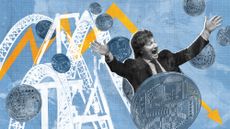 Javier Milei's memecoin scandal
Javier Milei's memecoin scandalUnder The Radar Argentinian president is facing impeachment calls and fraud accusations
By Chas Newkey-Burden, The Week UK Published
-
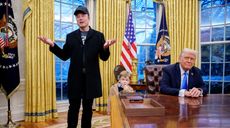 Who is actually running DOGE?
Who is actually running DOGE?TODAY'S BIG QUESTION The White House said in a court filing that Elon Musk isn't the official head of Donald Trump's Department of Government Efficiency task force, raising questions about just who is overseeing DOGE's federal blitzkrieg
By Rafi Schwartz, The Week US Published
-
 How does the Kennedy Center work?
How does the Kennedy Center work?The Explainer The D.C. institution has become a cultural touchstone. Why did Trump take over?
By Joel Mathis, The Week US Published
-
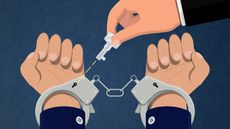 The pros and cons of noncompete agreements
The pros and cons of noncompete agreementsThe Explainer The FTC wants to ban companies from binding their employees with noncompete agreements. Who would this benefit, and who would it hurt?
By Peter Weber Published
-
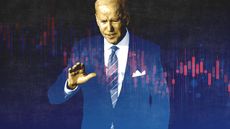 What experts are saying about the economy's surprise contraction
What experts are saying about the economy's surprise contractionThe Explainer The sharpest opinions on the debate from around the web
By Brendan Morrow Published
-
 The death of cities was greatly exaggerated
The death of cities was greatly exaggeratedThe Explainer Why the pandemic predictions about urban flight were wrong
By David Faris Published
-
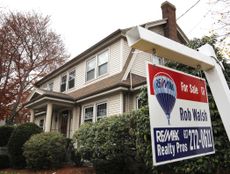 The housing crisis is here
The housing crisis is hereThe Explainer As the pandemic takes its toll, renters face eviction even as buyers are bidding higher
By The Week Staff Published
-
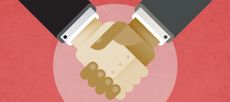 How to be an ally to marginalized coworkers
How to be an ally to marginalized coworkersThe Explainer Show up for your colleagues by showing that you see them and their struggles
By Tonya Russell Published
-
 What the stock market knows
What the stock market knowsThe Explainer Publicly traded companies are going to wallop small businesses
By Noah Millman Published
-
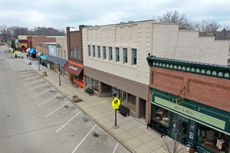 Can the government save small businesses?
Can the government save small businesses?The Explainer Many are fighting for a fair share of the coronavirus rescue package
By The Week Staff Published
-
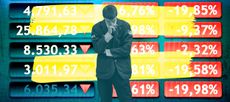 How the oil crash could turn into a much bigger economic shock
How the oil crash could turn into a much bigger economic shockThe Explainer This could be a huge problem for the entire economy
By Jeff Spross Published